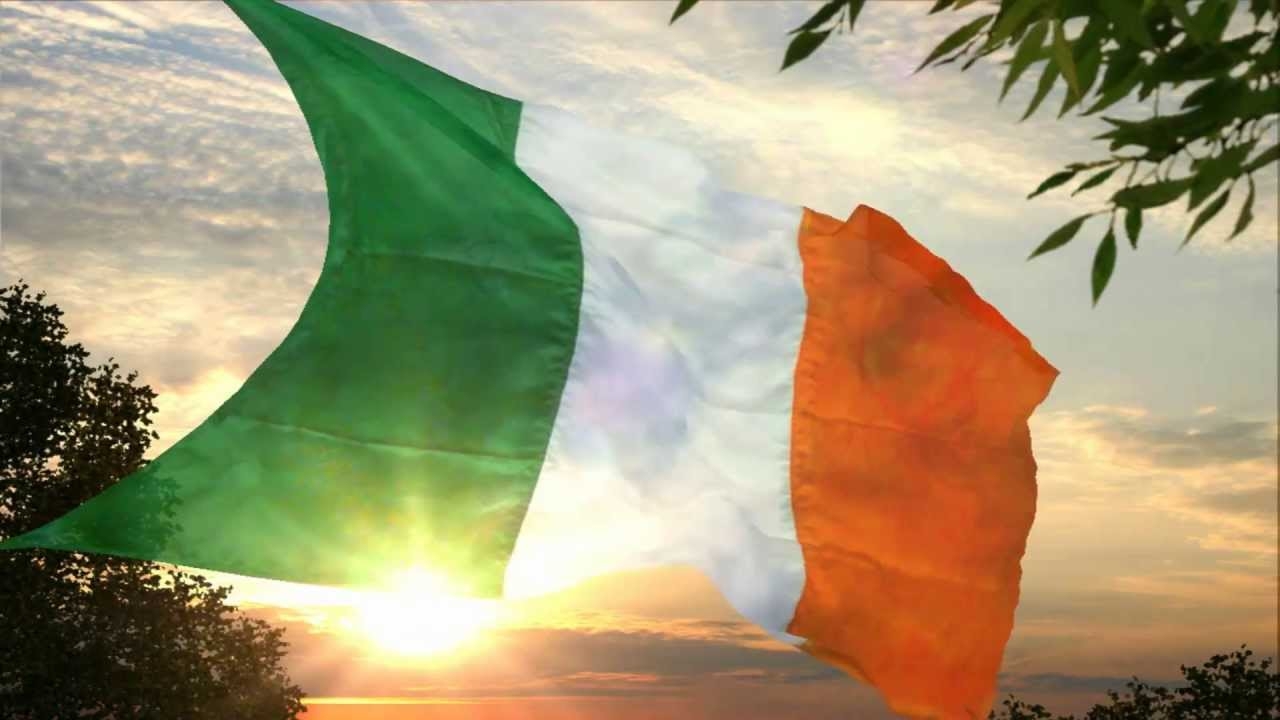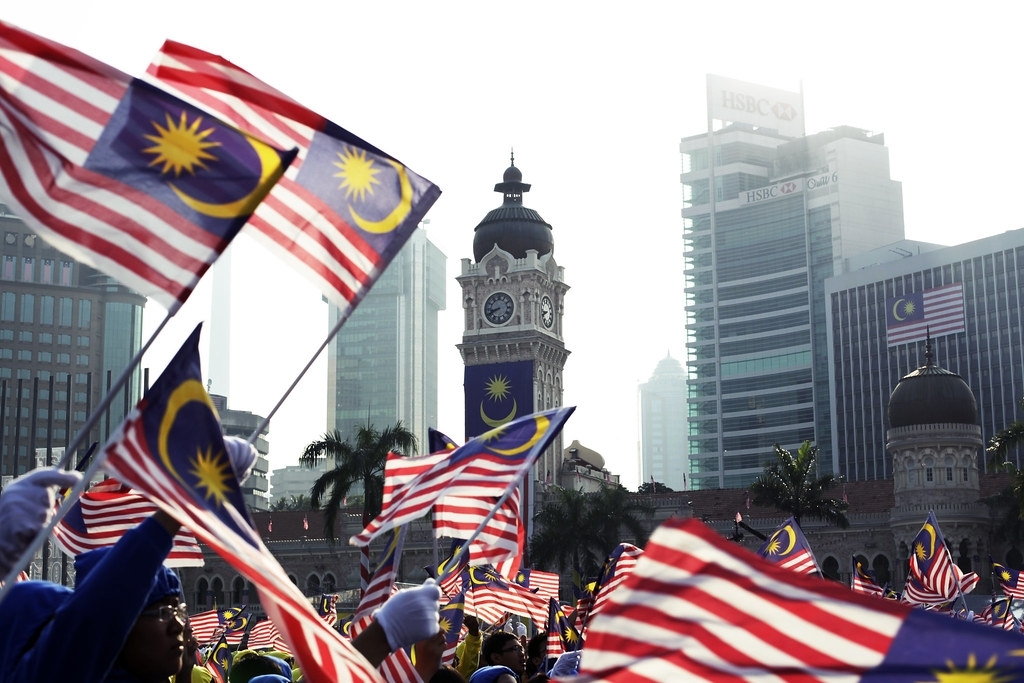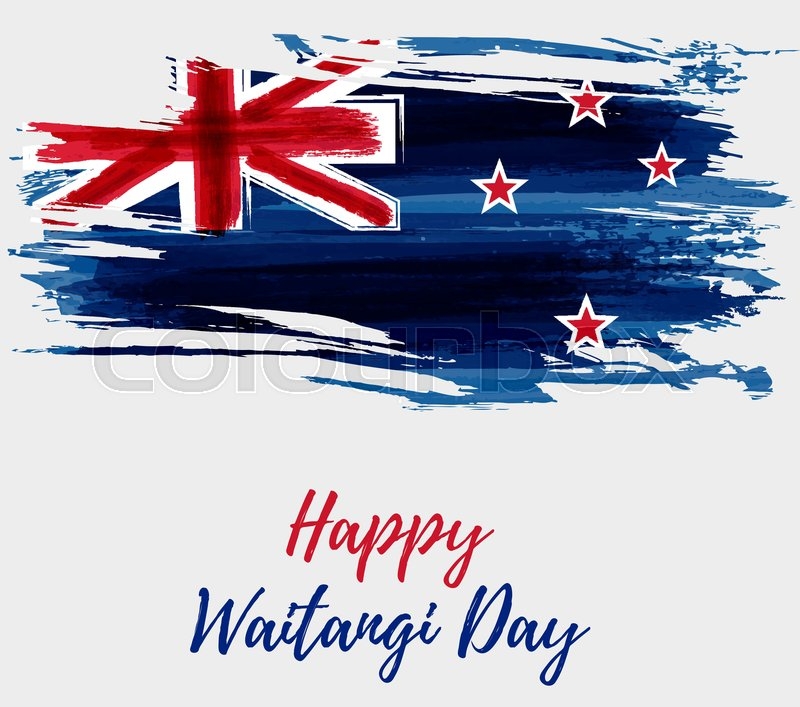What is The Ireland’s National Anthem: Irish Lyrics, English Version and History
 |
| Photo World Population Review |
The national anthem of Ireland is known as “Amhran na bhFiann” or “The Soldier’s Song.” The music for the song was originally written in 1907 by Patrick Heeney. Peadar Kearney wrote the lyrics to the song the same year in English. It wasn’t until 1923 when Liam O Rinn wrote Irish lyrics to accompany the music. The original song features three verses, but these are not part of the official national anthem that was adopted in 1926. Instead, the anthem is comprised of the choral refrain. Parts of the original song are also used for the Presidential Salute.
Today, the English version of the anthem is rarely used, and many people are not aware that the Irish version was not the original version. The song was originally written as an Irish rebel song. When looking at the full text, the general theme is that the Irish people all needed to band together to end the rule of the English. Early Irish rebellions and the support from Irish Americans are also referenced in this anthem.
Ireland’s National Anthem - Irish Lyrics
Sinne Fianna Fáil,
atá faoi gheall ag Éireann,
Buíon dár slua Some have come
thar toinn do ráinig chugainn,
Faoi mhóid bheith saor
Seantír ár sinsear feasta,
Ní fhágfar faoin tíorán ná faoin tráill.
Anocht a théam sa bhearna bhaoil,
Le gean ar Ghaeil, chun báis nó saoil,
Le gunna-scréach faoi lámhach na bpiléar,
Seo libh canaig' amhrán na bhFiann.
Ireland’s National Anthem - English Lyrics
Soldiers are we,
whose lives are pledged to Ireland,
from a land beyond the wave,
Sworn to be free,
no more our ancient sireland,
Shall shelter the despot or the slave.
Tonight we man the maw of danger,
In Erin's cause, come woe or weal,
'Mid cannons' roar and rifles' peal,
The song has three verses, but only the above chorus is used as the country’s official national anthem.
How old is the Irish national anthem?
‘Amhrán na bhFiann’, which translates as ‘The Soldier’s Song’, was composed as an Irish rebel song between 1907 and 1910, with English lyrics by Peader Kearney and music by his childhood friend Patrick Heeney.
But today, Kearney’s English lyrics are pretty much unused – and it wasn’t until Liam Ó Rinn translated the song into Irish that it was officially adopted as Ireland’s national anthem, in 1926.
Does Ireland have two national anthems?
The militaristic lyrics of ‘Amhrán na bhFiann’ started to prove problematic after the anthem was adopted by republicans in Ireland.
During the Irish War of Independence between 1919 and 1921, ‘Amhrán na bhFiann’ was even dubbed the ‘Sinn Fein anthem’.
So when, in the late 1980s, a member of the Irish rugby squad had to retire due to injuries from an IRA roadside bomb, it was decided that a new song would be commissioned.
The new song, ‘Ireland’s Call’, is now often used as an alternative to the national anthem at Irish sporting events, most notably by the Irish Rugby Football Union. In some cases, players sing along to ‘Ireland’s Call’, with ‘Amhrán na bhFiann’ left as an instrumental number.
| Peadar Kearney, an IRB member and the author of many popular political songs and verses, produced the text of ‘The Soldier’s Song’, working in collaboration with Patrick Heeney, who was mainly responsible for the melody. The original text was in English and consisted of three stanzas and a chorus. The words and music may well have been written as early as 1907. The text was first published in Bulmer Hobson’s Irish Freedom in September 1912, with, however, no attribution of author. It became increasingly popular as a marching and rallying song among the Volunteers between 1912 and 1916; it confirmed that they were ‘soldiers’ rather than ‘rebels’. On the belts of their uniforms, the Volunteers wore the words ‘Óglaigh na hÉireann’, ‘Soldiers of Ireland’. By general account it was in the internment camps after the Easter Rising that ‘The Soldier’s Song’ came to be widely used. Before independence the song and music were published on a number of occasions, in Ireland and in the United States, with the consent of Peadar Kearney (Patrick Heeney died in 1911). |
And what about Northern Ireland?
Northern Ireland uses the official UK anthem, ‘God Save the Queen’ as its national song – except at the Commonwealth Games, when ‘Londonderry Air’ is used as their victory anthem.
However, many Irish nationalists feel unrepresented by the British national anthem. So when Northern Irish players compete alongside players from the Republic of Ireland as one team, they all sing ‘Ireland’s Call’.
National Day of Northern Ireland and Republic of Ireland
 |
| Photo British Council |
When is St. Patrick's Day?
St. Patrick's Day is celebrated in the whole of Ireland on 17 March, in honour of St Patrick, the patron saint of Ireland.
Who was St. Patrick?
Saint Patrick, the patron saint of Ireland, is credited with bringing Christianity to Ireland. He was born in Wales somewhere around AD 385. He was carried off by pirates and spent six years in slavery before escaping and training as a missionary.
The most famous story about Saint Patrick is him driving the snakes from Ireland. He died on 17th March in AD 461 and this day has since been commemorated as St. Patrick’s Day.
| Did you know that Saint Patrick himself was not actually Irish? It is thought that he was either Scottish or Welsh, coming from a wealthy Christian family. Ancient documents suggest that, as a teenager, he was taken by Irish pirates to work as a slave in Ireland. Once in his new country, he began to talk to Irish people about God, introducing his Christian beliefs to the country. |
How is St Patrick's Day celebrated?
St.Patrick’s Day is celebrated with parades in the large cities, the wearing of the green and drinking Guinness (traditional drink of Ireland).
 Full Lyrics of Malaysia’s National Anthem Full Lyrics of Malaysia’s National Anthem Negaraku (meaning My Country in Malay) is the national anthem of Malaysia. How was it composed? What is the meaning of the song? |
 Full Lyrics of New Zealand’s National Anthems Full Lyrics of New Zealand’s National Anthems New Zealand is unique for having two national anthems of equal standing - God Defend New Zealand and God Save The Queen. |
 Top 18 Best Feminism Anthems To Boost Women's Confidence Top 18 Best Feminism Anthems To Boost Women's Confidence As a woman's role has been increasingly important in every aspect of life from politics, economics to social lifestyle among others and music is not ... |



























